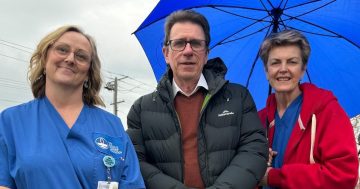 The Department of Health has proposed changes to the Districts of Workforce Shortage (DWS) to help people in small rural communities get easier access to specialist health care.
The Department of Health has proposed changes to the Districts of Workforce Shortage (DWS) to help people in small rural communities get easier access to specialist health care.
The Department said DWS was a health workforce classification for an area where people had poor access to specialist medical practitioners.
“We use population and Medicare billing data to get a ratio of specialists to population in each geographical area in Australia,” the Department said.
It said an area was classified as DWS if its ratio of specialists to population was less than the national average and it had an Australian Statistical Geography Standard – Remoteness Area classification of RA 3 to RA 5.
The Department said its Distribution Working Group (DWG) was leading the review work which included examining geographical classifications; distribution mechanisms; and catchment sizes and areas.
It said the proposed changes included adding new specialty groups to the policy; moving the DWS system to the Modified Monash Model (MMM) system to align with other health workforce programs; maintaining the existing service test for MM2 areas; and using the larger Statistical Area SA4 catchment size (rather than SA3) to better reflect where patients travel for specialist services.
It said DWG also recommended updating the DWS method and adopting the new principles from 1 January next year, to give those affected time to adjust, and give locations that lose their eligibility a six-month grace period, with the change to take effect on 1 July 2022.
“This ‘no disadvantage clause’ will give extra time for practices to prepare and adjust their approach to recruitment, as required,” the Department said.










